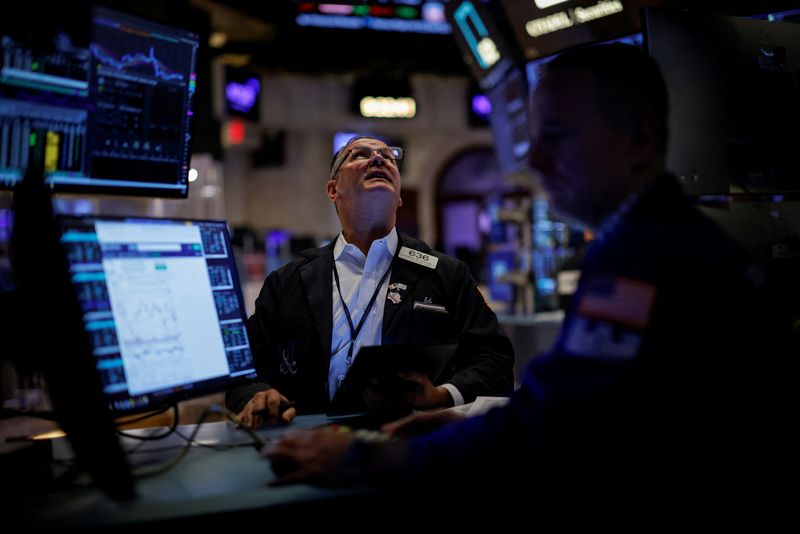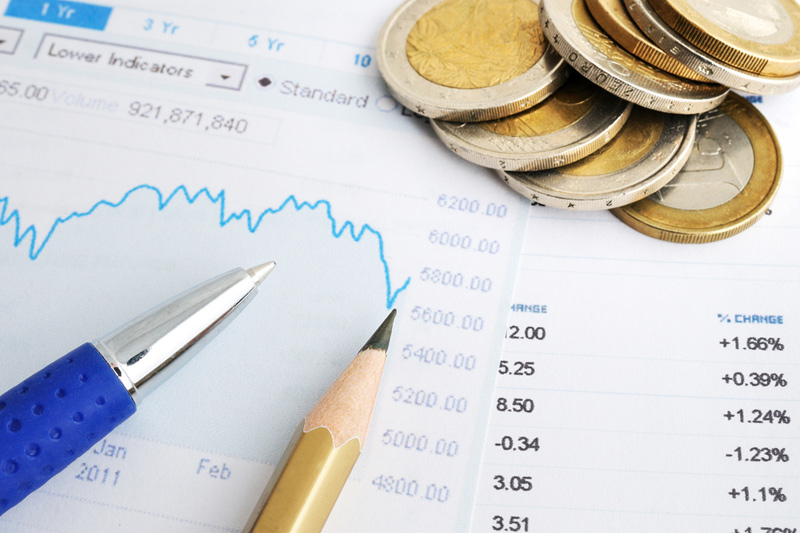By Nell Mackenzie
LONDON (Reuters) – While many investors hope falling interest rates will herald a soft economic landing, others are predicting a calm before the storm.
Here are hypothetical trade ideas shared by three hedge funds on what’s next for the U.S. and global economies at the start of a U.S. easing cycle.
Markets are pricing in a quarter-point rate cut and a 60% chance of a bigger cut of 50 basis points later on Wednesday.
They said regulations prevented them from disclosing their actual trading positions or making recommendations.
1/ CONFIDO CAPITAL
* Strengthened income strategies
*Launched in 2024
* Main trade: short risk assets, buy protection on high yield credits
Brad Boyd, founder of Confido Capital, said anticipation of lower interest rates has fueled rosy stock and credit prices, creating an asymmetry of risk in the market.
He said he would short any kind of risky asset, such as stocks, bonds of companies that may have low-quality balance sheets, real estate or emerging markets. Specifically, he bought credit default swaps, sometimes likening them to a form of insurance in the bond markets.
A short position bets that the price of an asset will fall, while a long position bets on it rising.
Instead of picking a particular company, Boyd would take long positions through the index, HY CDX, a basket of credit default swaps or insurance premiums on 100 high-yield bonds in the US.
In the short term, Boyd warned that markets were too expensive for the Fed’s easing and could take a hit if the cuts don’t meet expectations.
“There can be a lot of hand-wringing and crying in the streets,” Boyd said.
2/ MONROE CAPITAL
* Direct loans and alternative credit solutions
* Size: $19.5 billion
* Founded in 2004
* Key trading: opportunistic purchases on secondary markets
Kyle Asher, managing director and co-head of alternative credit solutions at Monroe Capital (NASDAQ:), would be looking to the secondary market to see how the Fed’s rate cuts are being implemented.
Secondary markets trade financial instruments such as stocks, bonds and loans – usually from private equity investors – but also from any investor selling to another investor.
“The rate cuts will support many sectors that will benefit from paying lower interest rates on their loans, including software companies, business services and media companies,” Asher said.
Rate cuts by the Fed typically filter through the entire economy, lowering borrowing costs for businesses and consumers.
“Many of the more medium-sized private companies have loans trading around 70 to 80 cents, which will increase their cash flow as the cost of borrowing falls,” Asher said.
As the cost of servicing their debt falls, companies will be able to spend more on measures that boost production and growth, such as research and development, more marketing and more staff, Asher said.
3/ ANALOGUE CENTURY MANAGEMENT
* Hard-tech focused long/short fund
* Size: $1.8 billion
* Founded in 2018
* Long chip makers for automotive and industrial applications
Val Zlatev’s hedge fund Analog Century Management focuses on hard tech, that is, companies that produce semiconductors, communications equipment and system hardware.
He divides them into two groups: secular growth companies and manufacturers that are much more exposed to mature application spending, such as the hardware used in smartphones and PCs.

“Semiconductor stocks exposed to industrial and automotive have been struggling for some time. Revenues have fallen and many of them have technically been in recession for several quarters,” Zlatev said.
If falling interest rates rejuvenate industrial spending and make it easier for consumers to borrow money to buy cars, profits will increase and that will be reflected in the stock price of these companies, he says.


